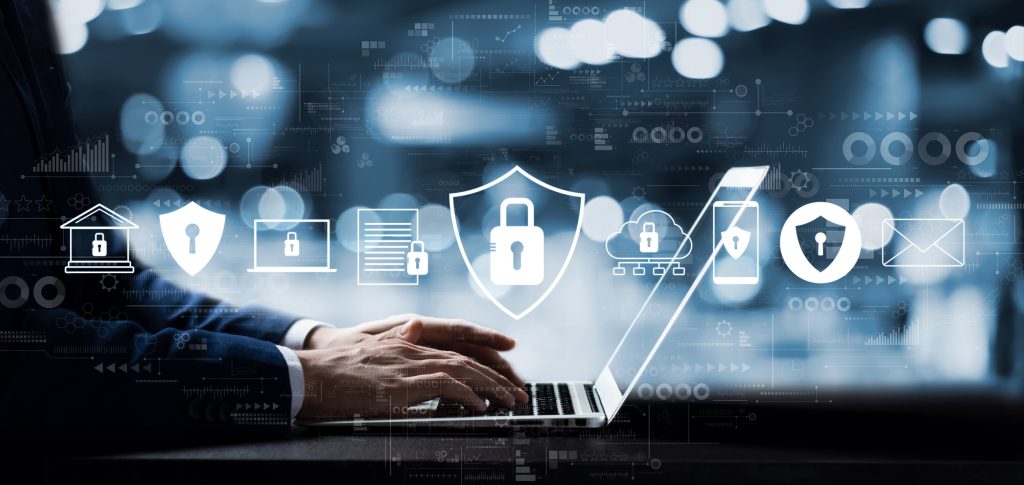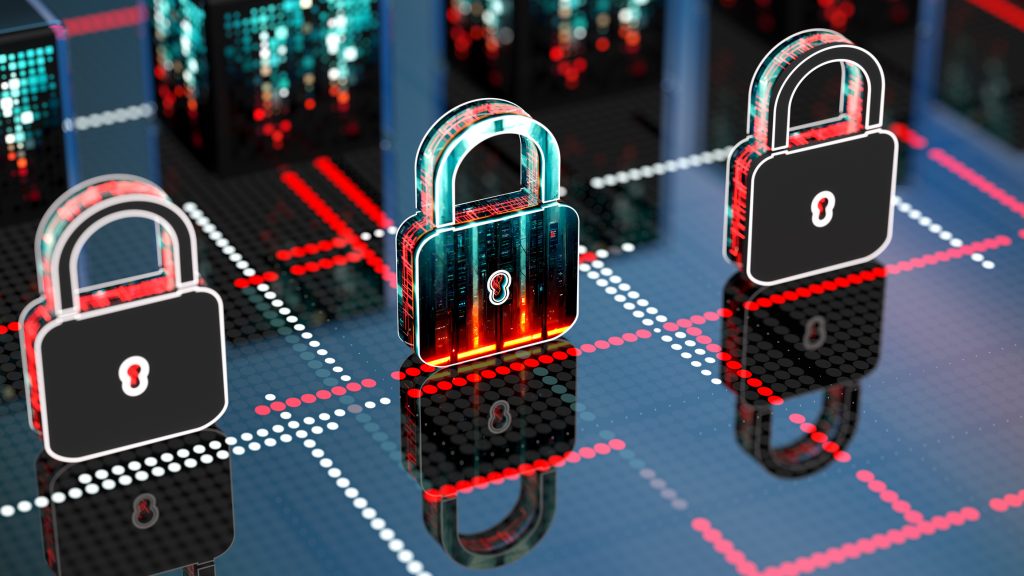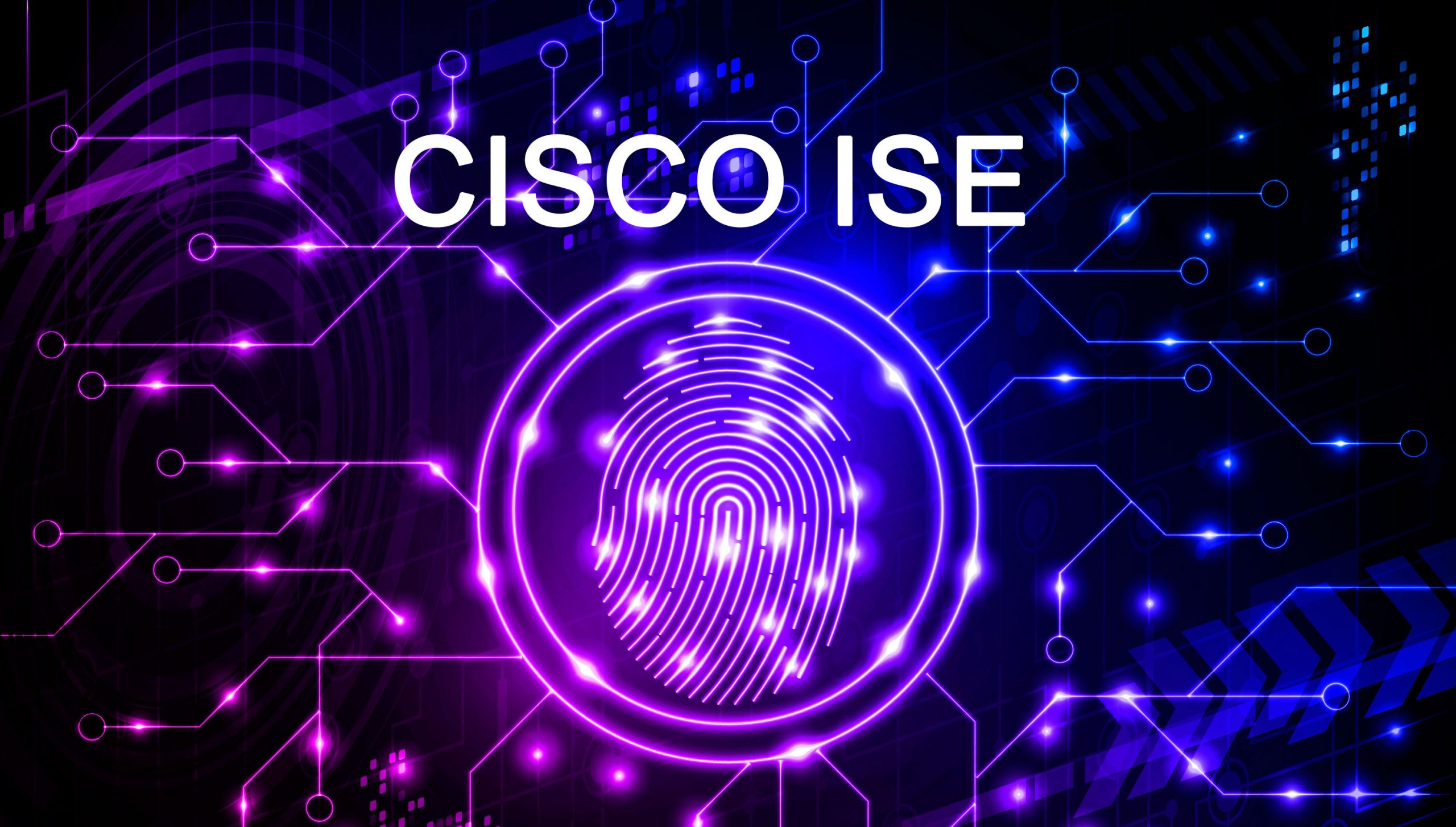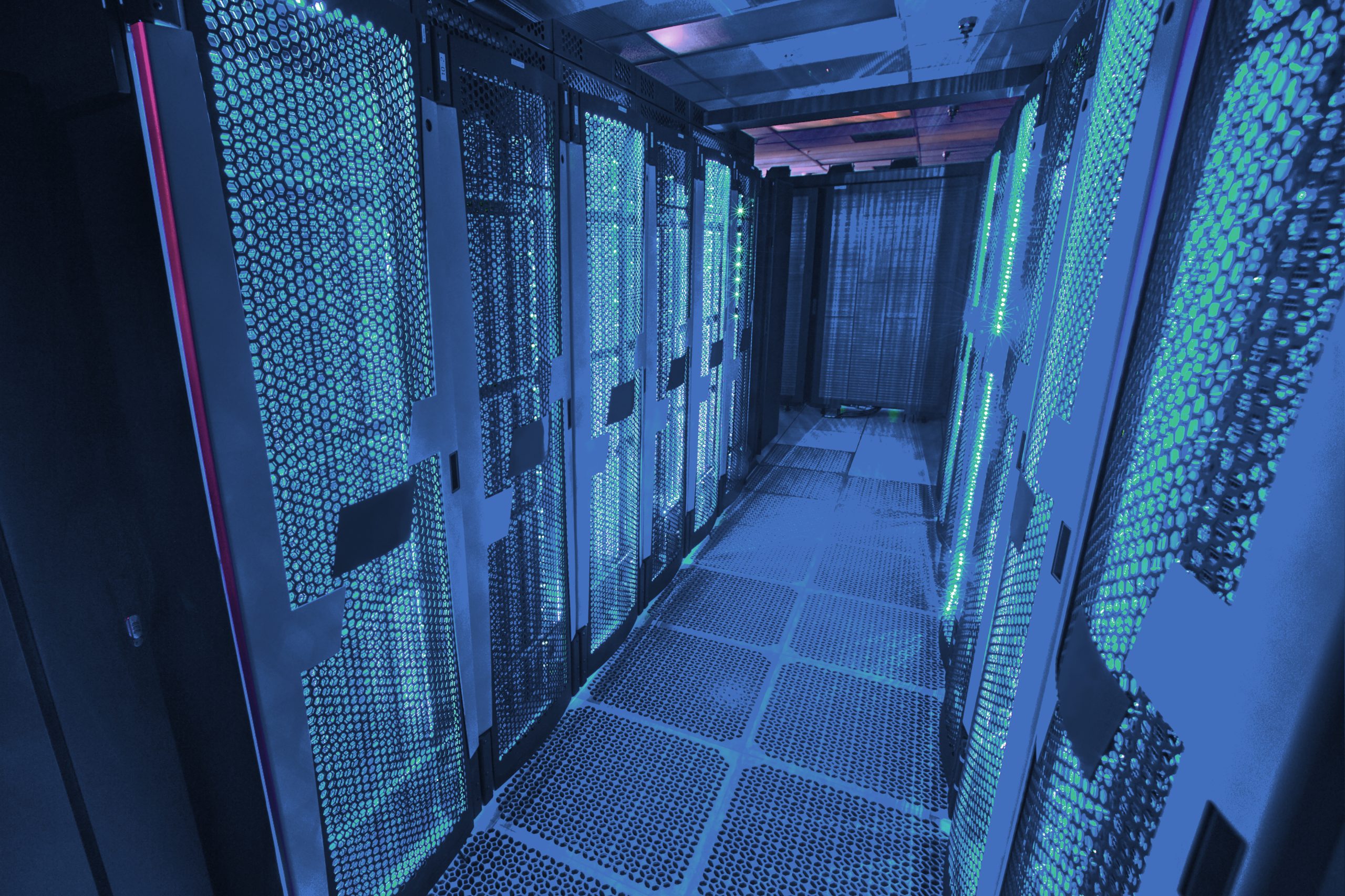
In today’s digital age, cybersecurity is more important than ever. With cyber threats on the rise, IT professionals, cybersecurity analysts, and business owners are all seeking robust solutions to protect their networks and data. Enter Security Information and Event Management (SIEM) systems—a game-changer in the realm of cybersecurity. This essential guide will walk you through the ins and outs of SIEM, its everyday applications for network engineers and operators, and how it can significantly enhance your organization’s security posture.
What is SIEM and Why It Matters
Before we jump into the specifics, let’s clarify what SIEM is and why it has become a staple in modern cybersecurity strategies. SIEM systems aggregate and analyze security data from across an organization’s IT infrastructure, providing centralized visibility, analysis, and response capabilities. By leveraging these tools, businesses can efficiently monitor network activity, detect anomalies, and respond to potential threats in real-time.
Monitoring and Real-Time Alerts
Continuous Monitoring
Imagine having a 24/7 security guard for your network. That’s what continuous monitoring with SIEM provides. It collects logs from firewalls, servers, routers, switches, and endpoints around the clock. This constant vigilance enables network engineers to keep tabs on all activities, ensuring that any suspicious behavior is flagged immediately.
Alerts and Notifications
Network operators rely on SIEM to receive alerts based on pre-configured rules or detected anomalies. For example, if there’s an unusually high volume of traffic from a single IP address, an alert is triggered, allowing for quick intervention. This proactive approach to threat detection can be the difference between a minor hiccup and a major security breach.
Threat Detection and Analysis

Correlating Events
SIEM excels at connecting the dots. It correlates data from various sources to identify potential threats. Whether it’s a series of failed login attempts signaling a brute-force attack or multiple devices communicating with a malicious domain, SIEM brings these events into focus, enabling timely and effective responses.
Incident Prioritization
Not all security incidents are created equal. SIEM systems help network engineers prioritize alerts based on severity. This means high-risk incidents, such as data exfiltration or DDoS attacks, are addressed first, ensuring that resources are allocated where they’re needed most.
Log Management and Centralization
Centralized Log Storage
Managing logs from diverse systems can be a daunting task. SIEM simplifies this by storing them in a centralized location. This efficiency allows network engineers to focus on critical tasks without the hassle of retrieving logs from multiple places.
Compliance Reporting
Regulatory compliance is a key concern for many businesses. SIEM systems offer pre-built templates for generating compliance reports, such as GDPR, HIPAA, or PCI DSS. These tools help network operators verify that security controls are in place and functioning, keeping your business compliant and secure.
Investigating Incidents
Root Cause Analysis
When an alert is triggered, finding the source of the problem is crucial. SIEM enables network engineers to drill down into specific events or logs to pinpoint the root cause. For instance, if suspicious traffic originates from an internal system, SIEM helps trace back to the compromised device and identify vulnerabilities.
Forensic Investigations
After a security incident, understanding the extent of the breach is vital. SIEM systems allow engineers to review historical logs, revealing how an attack was executed and which systems were impacted. This information is crucial for post-incident reporting and future security planning.
Performance Optimization
Network Traffic Insights
SIEM is not just about security; it’s also a tool for optimizing network performance. By analyzing traffic patterns and resource usage, engineers can identify bottlenecks and resolve issues quickly, ensuring smooth operations.
Security Posture Monitoring
Monitoring the effectiveness of your security measures is essential. SIEM helps network engineers identify common attack vectors, failed login attempts, and misconfigurations, allowing for continuous improvement of the network’s security posture.
Automation and Response
Automated Playbooks
Modern SIEM systems integrate with Security Orchestration, Automation, and Response (SOAR) tools. This allows network operators to automate responses to threats, such as blocking malicious IPs or quarantining affected systems. Automation reduces response times and mitigates risks more effectively.
Remediation Steps
Some SIEMs even suggest remediation actions based on predefined rules or machine learning. These recommendations empower engineers to take immediate steps to address threats, further strengthening the organization’s security defenses.
Network Mapping and Asset Discovery
Asset Discovery
Keeping an up-to-date inventory of network devices is crucial. SIEM tools assist with asset discovery by constantly monitoring traffic and log data, ensuring that no device goes unnoticed.
Network Topology Analysis
Visualizing network interactions helps identify potential vulnerabilities. SIEM enables engineers to analyze network topology, making it easier to spot risks and secure the network effectively.
Proactive Security Planning
Identifying Security Gaps
SIEM systems provide insights into where additional security measures may be needed. Whether it’s frequent login failures from certain regions or vulnerabilities in under-monitored systems, SIEM helps engineers pinpoint areas of concern.
Improving Policies
Based on SIEM data, security policies can be refined. Engineers can update access control lists (ACLs), firewall rules, and IDS/IPS configurations, ensuring the network remains fortified against emerging threats.
User Activity Monitoring

Tracking User Behavior
User activity logs are invaluable for monitoring behavior. SIEM tracks activities like login attempts, access to sensitive data, and privilege escalations, helping identify abnormal behavior and potential insider threats.
Insider Threat Detection
Insider threats are a growing concern. SIEM systems can detect unauthorized access to sensitive information or attempts to modify critical configurations, protecting the organization from within.
Capacity and Bandwidth Planning
Analyzing Traffic Patterns
Understanding network traffic patterns is key to capacity planning. SIEM tools provide detailed analytics, helping engineers anticipate peak usage times and bandwidth needs, ensuring the network can meet future demands.
Daily Use Summary
Every day, network engineers and operators rely on SIEM for real-time threat detection, incident response, centralized logging, and more. These systems provide the comprehensive tools needed for a robust and secure network environment.
Conclusion
In conclusion, SIEM systems are indispensable for today’s cybersecurity needs. By offering real-time monitoring, threat detection, and performance optimization, they empower organizations to stay one step ahead of cyber threats. For IT professionals, cybersecurity analysts, and business owners, investing in SIEM is a strategic move towards a safer and more secure future.
Explore more about SIEM and how it can benefit your organization. Consider integrating these powerful tools to enhance your network’s security posture and protect your valuable assets.







